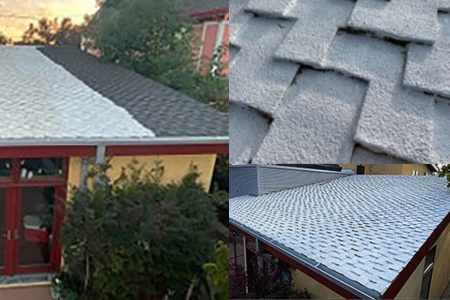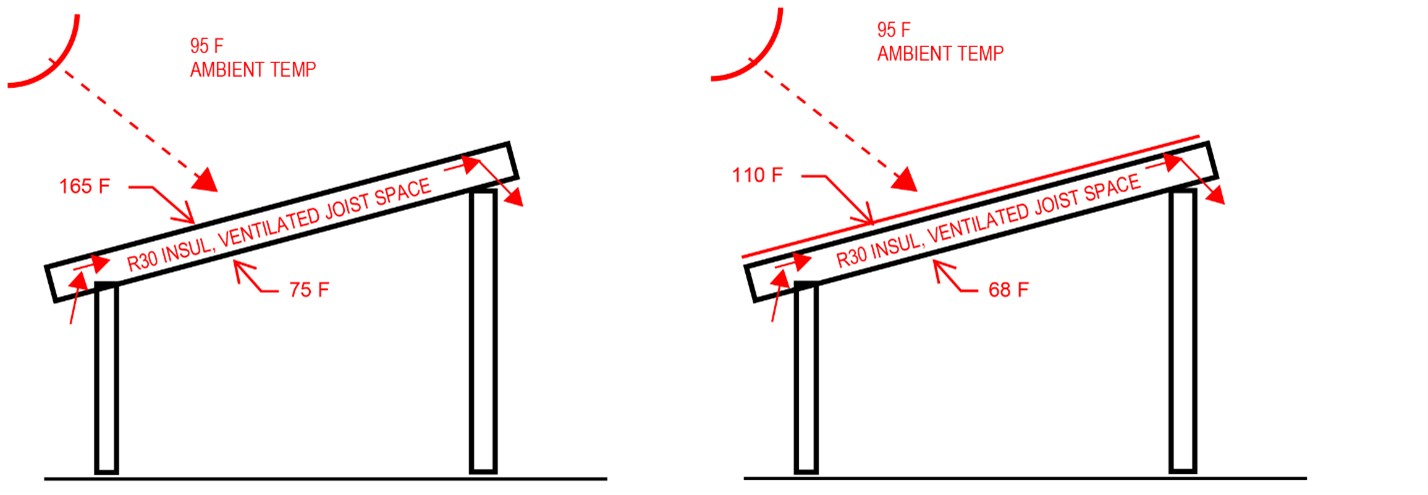
A Cool Roof Experiment
As with our clients and peers in the A/E/C community, ABA is greatly concerned about climate change and the critical need for action. We therefore strive to help clients make good decisions not only in context of specific project needs but in consideration of the natural environment and our human impact on the planet. LEED Gold projects such San Jose Public Library’s Educational Park Branch and the Tidewater Community College / City of Virginia Beach Joint-Use Library are one demonstration of our sustainable work, as are projects such as Ohlone College’s LEED Platinum Academic Core Buildings (completed in partnership with CannonDesign) and Net Zero-ready, LEED Gold CSU East Bay CORE Building (completed in partnership with Carrier Johnson + CULTURE).
But making a positive difference on the environment, and helping to mitigate the impacts of climate, isn’t always about the grand gestures. Oftentimes, smaller interventions are enough to make a difference. An example comes from ABA’ Technical Leader, Frederick Bauer. Recognizing that the lack of reflective surface in black roofs/shingles, and that asphalt shingles deteriorate faster under the Sun’s UV light, he conducted an experiment to see for himself what impact a white roof coating would have on his house.
THE QUESTION
What impact does a white coating have on a non-air-conditioned space with black asphalt roof shingles?
THE EXPERIMENT
THE RESULT
Looking at afternoon temperature measurements, when the ambient temperature was 95 F, results demonstrated a clear difference between coated and uncoated surfaces on the exterior surface.
Uncoated vs coated roof areas
The empirical conclusion is clear: coatings such as these really do help reduce heat gain and active cooling requirements, while not adding any weight to the roof. Crucially, Frederick’s experiment demonstrates that these coatings put energy savings within reach of most people: his project cost was $260 for approximately 550 square feet for a 2 -coat application of Henry Enviro White Acrylic Coating (which comes with a 12-year warranty).
And it goes to show that thinking about sustainability – and, more importantly, taking action – doesn’t have to be overwhelming as we amplify our efforts to be better environmental stewards.